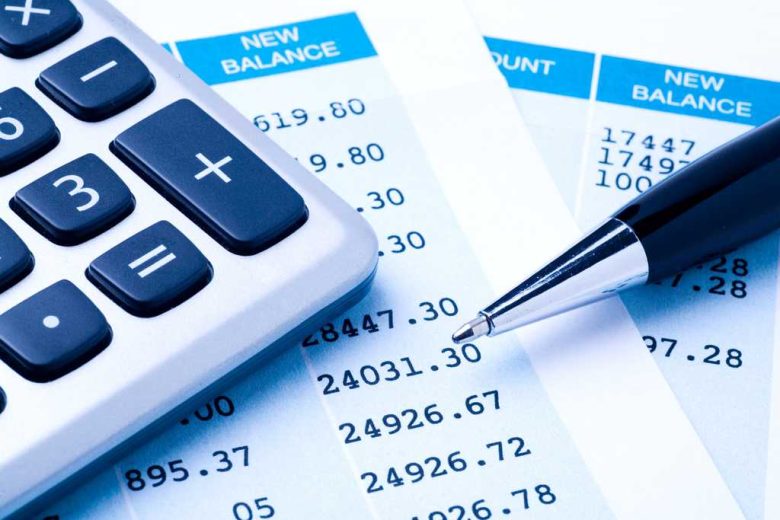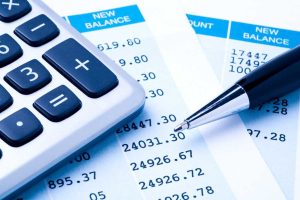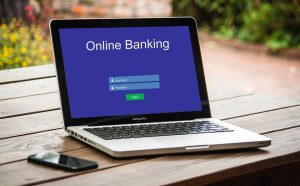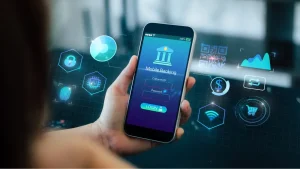Automated teller machines (ATMs) are an integral part of modern banking and daily life. They are a convenient tool that allows users to withdraw cash, check balances, transfer money, and perform other financial transactions without visiting a bank branch. Understanding how ATMs work and following a few simple safety tips can help people keep their money safe and manage their finances effectively.
The Role of ATMs in Banking
Customers use ATMs to connect directly to their bank accounts. ATMs are designed to provide easy and quick access to cash and basic financial services at any time of day. Customers can withdraw cash, make deposits, or check their account balance in minutes, without having to wait in long lines at the bank. ATMs are one of the most popular financial services worldwide because they are convenient and can be found in shopping malls, airports, gas stations, and even in small communities.
How ATMs Work
The first step in using an ATM is inserting your debit card into the machine. This is usually a debit or cash card linked to your bank account. When you insert your card into the machine, it reads the card details and asks you to enter your PIN (Personal Identification Number). The PIN acts as a password and proves the cardholder’s identity. After verification, the customer can choose the type of transaction they want to make, such as withdrawing cash, depositing money, or checking their balance.
Common ATM Transactions
ATMs offer more than just cash withdrawals; they can also perform many other functions. The most common transaction is for customers to withdraw money from their account. Many ATMs also offer deposit functionality, meaning they can deposit cash or checks directly into the machine. Another common transaction is checking their balance, which allows users to instantly view their account balance. Depending on the bank and country, some ATMs can also perform transfers between accounts, top up mobile phones, and pay bills.
Why Use an ATM?
The biggest advantage of an ATM is convenience. Customers can make bank transactions outside normal business hours (usually 24/7). This is especially convenient for those who need cash on weekends or late at night. Many ATMs are also available in public areas, making it easier to access cash anywhere. Another advantage is that ATMs allow you to carry smaller amounts of cash at any time.
ATM Security Concerns
ATMs are incredibly convenient, but they also pose risks. Criminals sometimes try to steal money or personal information from unsuspecting individuals. For example, anyone can illegally install skimming devices on ATMs to steal card details. Someone might try to monitor users entering their PINs or even steal them from remote locations. Given these concerns, it’s advisable to exercise caution and observe security rules when using ATMs.
Using an ATM Safely: Practical Tips
Customers can take several steps to stay safe when using an ATM. First, always choose a well-lit, busy location, such as a bank or shopping mall. Cover the keypad when entering your PIN to prevent others from seeing it. Check the ATM for unusual features, such as a loose card slot or other small parts, before inserting your card. These could be signs of fraud. If a stranger offers to help you at an ATM, do not accept. Such an offer could be a scam. After completing a transaction, ensure that you properly store your cash and cards before leaving the ATM.
Understanding Transaction Fees
Customers should also be aware of transaction fees when using ATMs. Some banks charge fees for using out-of-network ATMs. If someone regularly withdraws money from out-of-network ATMs, these fees can accumulate over time. It’s advisable to check with your bank which ATMs offer free access and plan your visit accordingly. Using bank-provided devices can save money and avoid additional fees.
The Importance of Monitoring Your Account
After using an ATM, it’s wise to regularly check your bank account to ensure all transactions are correct. You can spot any unusual activity immediately by checking your account statement. If you observe any incomplete debits or withdrawals, please reach out to your bank promptly. Many banks also offer smartphone apps and notifications that provide consumers with real-time updates on ATM usage, making it easier to track the flow of money.
How ATMs Are Evolving
As technology advances, the way ATMs operate is also changing. Modern ATMs offer advanced features such as biometric authentication, touchscreens, and cardless cash withdrawals via mobile apps or QR codes. These improvements not only speed up transactions but also enhance security. As digital banking becomes increasingly popular, ATMs are keeping pace, offering customers safer and more convenient ways to manage their money without losing their relevance.
Conclusion
ATMs are one of the most important components of the modern banking system. They offer people fast, easy, and reliable access to money and essential services. By understanding how ATMs work, being aware of the risks, and following basic safety precautions, users can enjoy ATM convenience without compromising security. ATMs save time, simplify banking, and keep pace with new technologies. Responsible ATM use ensures they are a safe and efficient way to handle money.
FAQs
1. What is a PIN? Why do I need one?
A PIN is the number you use to verify your identity at an ATM. It’s crucial because it protects your account and prevents unauthorized access.
2. Can I deposit money at any ATM?
Some ATMs don’t accept deposits. Some only accept cash withdrawals, while others, particularly those operated by your bank, allow you to deposit or withdraw cash.
3. Are ATM fees the same everywhere?
No, ATM fees vary depending on the bank and whether you’re using an in-network or out-of-network device. Check your bank’s policy.
4. What should I do if my card is held at an ATM?
If an ATM retains your card, please reach out to your bank promptly. They will provide you with instructions and ensure that no one else can use your card without your permission.
5. Is it safe to use ATMs in other countries?
Yes, but keep in mind that transactions outside the United States may incur fees. To avoid problems with your card, always use ATMs in safe, well-lit areas and notify your bank before traveling.




